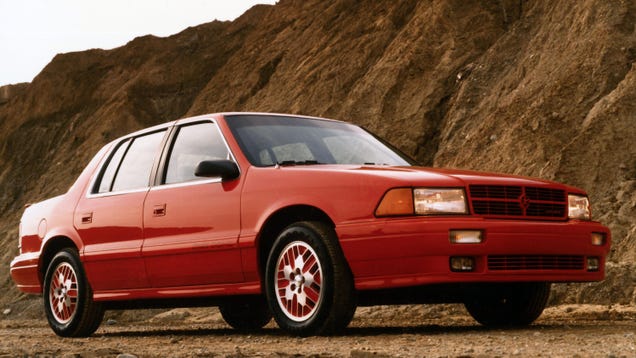Understanding the Disconnect Between Automakers and Consumer Expectations
The automotive industry is a complex landscape where innovation meets consumer demand. However, there are times when it seems that automakers miss the mark entirely. This disconnect raises questions about how these companies can better align their offerings with what consumers truly want.
The Impact of Market Research on Vehicle Design
Market research plays a crucial role in shaping the vehicles that manufacturers produce. However, many automakers fall short in this area, leading to products that do not resonate with their target audience. For instance, a recent study by J.D. Power highlighted that consumer preferences are shifting towards more sustainable and technologically advanced vehicles. Yet, some manufacturers continue to focus on traditional designs and features that may not appeal to modern buyers.
A case in point is the ongoing struggle of certain legacy brands to adapt to the electric vehicle (EV) market. While companies like Tesla have surged ahead by prioritizing innovation and consumer feedback, others have lagged, producing models that lack the excitement and functionality that consumers expect. This misalignment can result in poor sales and a tarnished brand reputation.
The Role of Design and Engineering in Automotive Success
Design and engineering are at the heart of any successful vehicle. When these elements are executed well, they can elevate a car from mediocre to exceptional. However, there are instances where cost-cutting measures or a lack of vision can lead to uninspired designs.
For example, the recent release of certain SUV models has been met with criticism for their bland aesthetics and lack of innovative features. In contrast, brands that invest in creative design and engineering, such as BMW and Audi, often see a positive response from consumers. Their ability to blend functionality with cutting-edge design has set them apart in a crowded market.
The Importance of Listening to Consumer Feedback
Consumer feedback is an invaluable resource that automakers can leverage to improve their products. Many companies have established channels for gathering insights, yet the effectiveness of these channels varies significantly.
A notable example is Ford’s approach to the development of the Mustang Mach-E. By actively engaging with potential customers during the design phase, Ford was able to incorporate features that resonated with EV enthusiasts, resulting in a successful launch. This proactive approach contrasts sharply with brands that have ignored consumer input, leading to products that feel out of touch with market demands.
Navigating the Challenges of Innovation and Tradition
The automotive industry is at a crossroads, balancing the need for innovation with the weight of tradition. While some manufacturers cling to established models and practices, others are embracing change. This tension can create challenges, particularly for brands that have built their identity around specific vehicle types.
For instance, the transition to electric vehicles presents a unique challenge for traditional automakers. Companies that have historically focused on internal combustion engines must now navigate the complexities of EV technology, all while maintaining their brand identity. Those that successfully adapt, like Volkswagen with its ID. series, are likely to thrive, while those that resist change may find themselves struggling to keep up.
The Future of Automotive Design and Consumer Expectations
As we look to the future, it is clear that consumer expectations will continue to evolve. Automakers must remain agile, adapting their designs and offerings to meet these changing demands. Sustainability, technology integration, and user experience will be key factors that drive consumer choices in the coming years.
Brands that prioritize innovation and actively seek consumer feedback will likely emerge as leaders in this new landscape. By understanding and addressing the disconnect between automakers and consumer expectations, the industry can foster a more engaging and satisfying experience for all stakeholders involved.
In summary, the automotive industry must learn from its missteps and embrace a more consumer-centric approach. By investing in market research, prioritizing innovative design, and listening to feedback, automakers can create vehicles that not only meet but exceed consumer expectations. This shift is not just beneficial for sales; it is essential for the long-term sustainability of the industry.

